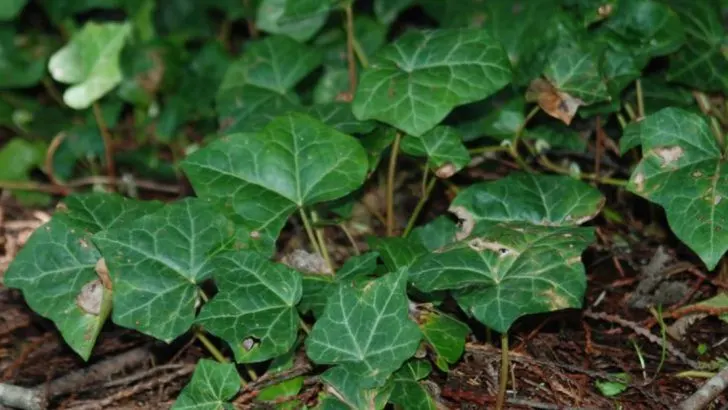When it comes to selecting groundcover plants for your garden, not all options are beneficial. Some plants may look appealing but can become invasive, disrupt your garden’s ecosystem, or require excessive maintenance. To help you make informed choices, here are 14 groundcover plants you should avoid planting in your garden.
English Ivy
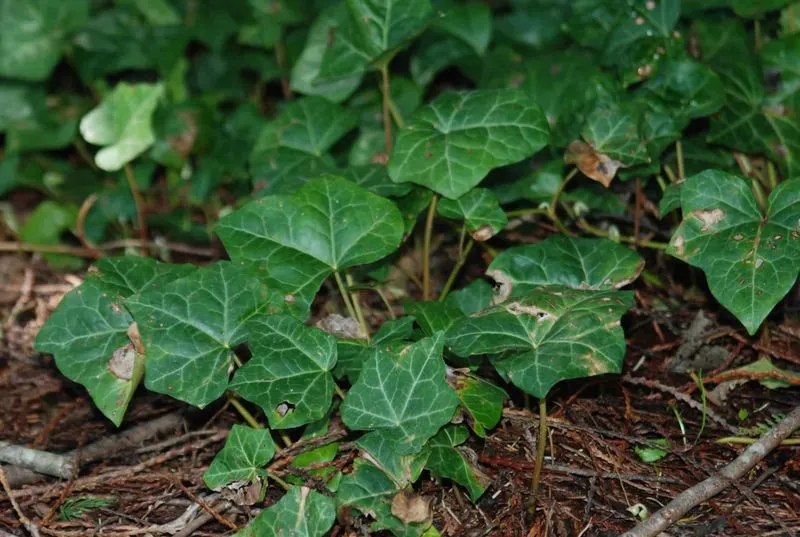
English Ivy might seem charming as it climbs up a wall, but it can quickly become a nuisance. This fast-growing plant tends to choke out other plants, and its aggressive nature makes it difficult to control. Often, homeowners find themselves in a constant battle to keep it from overtaking their gardens. Its roots can damage structures, while the leaves harbor pests. Keep in mind, it demands regular pruning to keep it in check, and even then, it may still spread beyond your intended area. It’s advisable to consider alternatives that require less maintenance.
Periwinkle (Vinca minor)
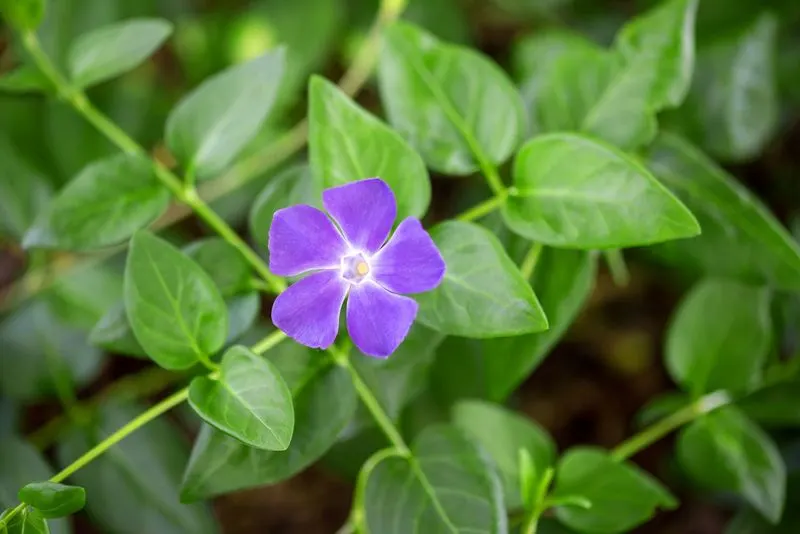
Periwinkle is admired for its glossy leaves and vibrant flowers, yet it hides a more sinister side. Once established, it forms dense mats that smother other vegetation. This tenacious groundcover can dominate a garden, suppressing native plants and disrupting local ecosystems. Gardeners often struggle to control its rampant growth, as it spreads through underground runners. If you choose to plant Periwinkle, prepare for regular maintenance. Opting for less aggressive alternatives may save time and preserve biodiversity. Consider native plants that support wildlife instead.
Creeping Charlie (Ground Ivy)
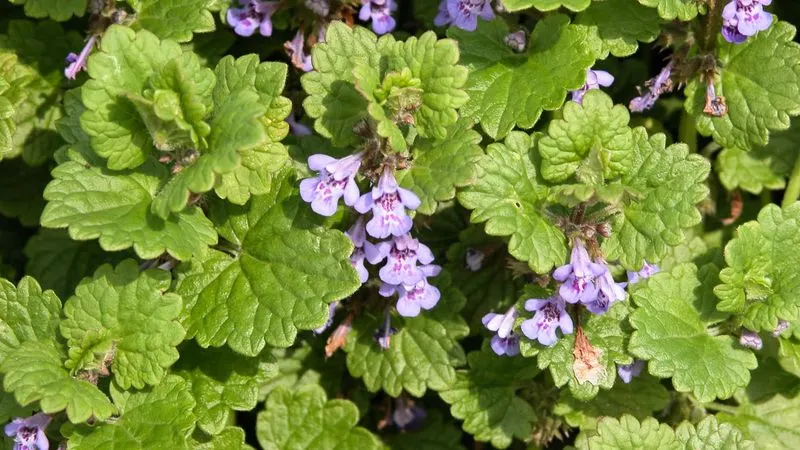
Creeping Charlie can be a nightmare for gardeners. Its ability to spread rapidly through both seeds and runners makes it a formidable invader. Often found in shady areas, it forms thick mats that outcompete turfgrass and other plants. Removing it can be labor-intensive, as it requires persistent effort to uproot its creeping stems. Many gardeners find that once it takes hold, it’s nearly impossible to eradicate completely. For those seeking a more manageable groundcover, looking into native species that better suit your garden’s needs is wise.
Bishop’s Weed (Goutweed)
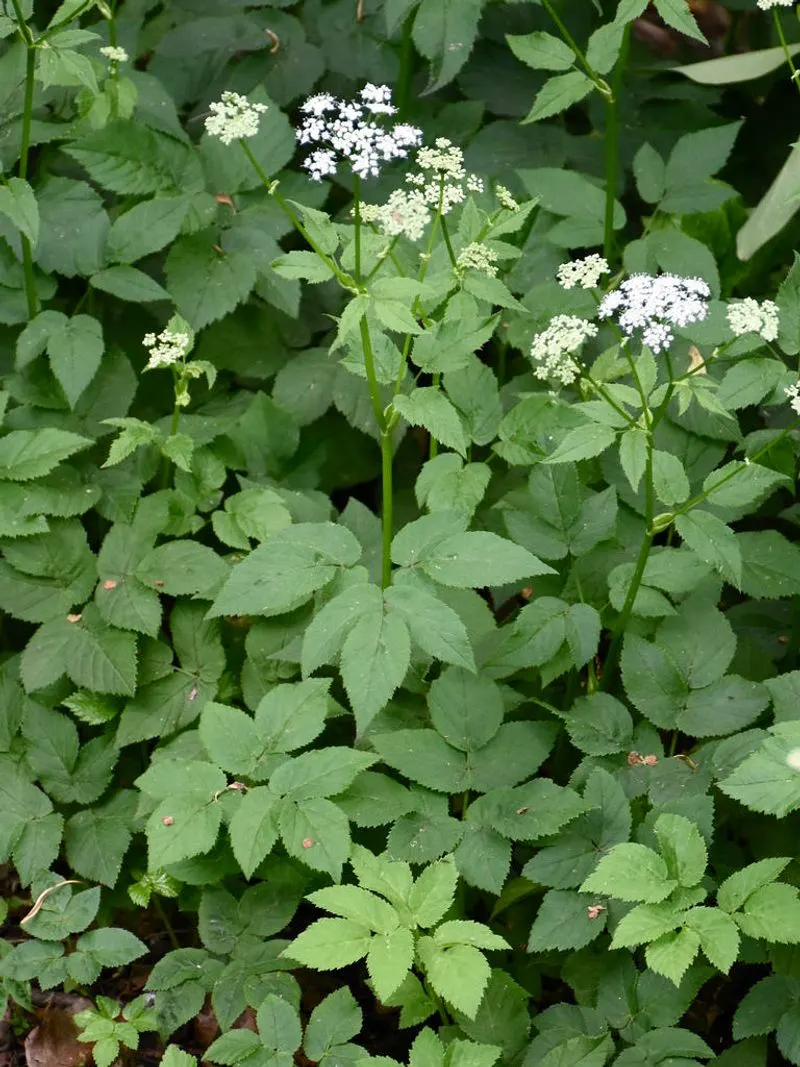
Bishop’s Weed may attract with its decorative foliage, but beware of its invasive tendencies. This plant spreads rapidly through rhizomes, forming dense colonies that crowd out other species. It thrives in various conditions, making it difficult to control once established. Gardeners who plant it often regret doing so, as it requires constant vigilance to prevent it from overtaking the garden. Consider choosing plants that offer beauty without the headache of constant maintenance to keep your garden both beautiful and diverse.
Japanese Knotweed
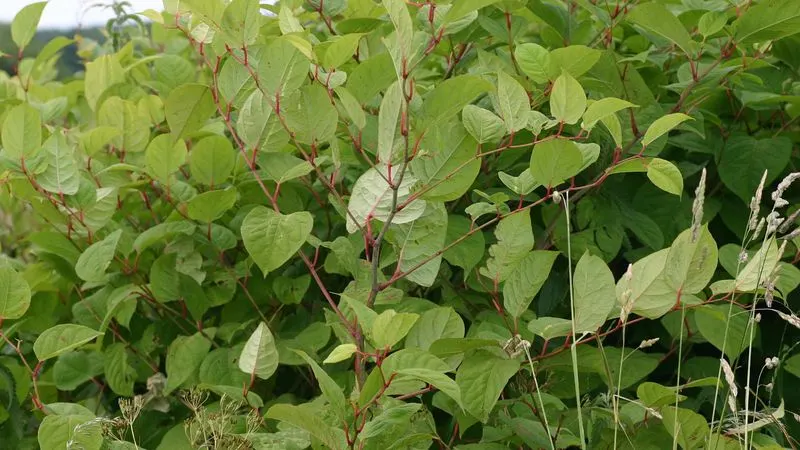
Japanese Knotweed is notorious for its aggressive growth. Resembling bamboo, this plant can shoot up to ten feet tall and often spreads through underground rhizomes. It’s known to damage property foundations and invade infrastructure. Getting rid of it is notoriously difficult, requiring consistent monitoring and removal efforts. Many communities have regulated against planting it due to its invasiveness. When considering groundcovers, opt for plants that provide coverage without the risk of structural damage and legal issues.
Crown Vetch
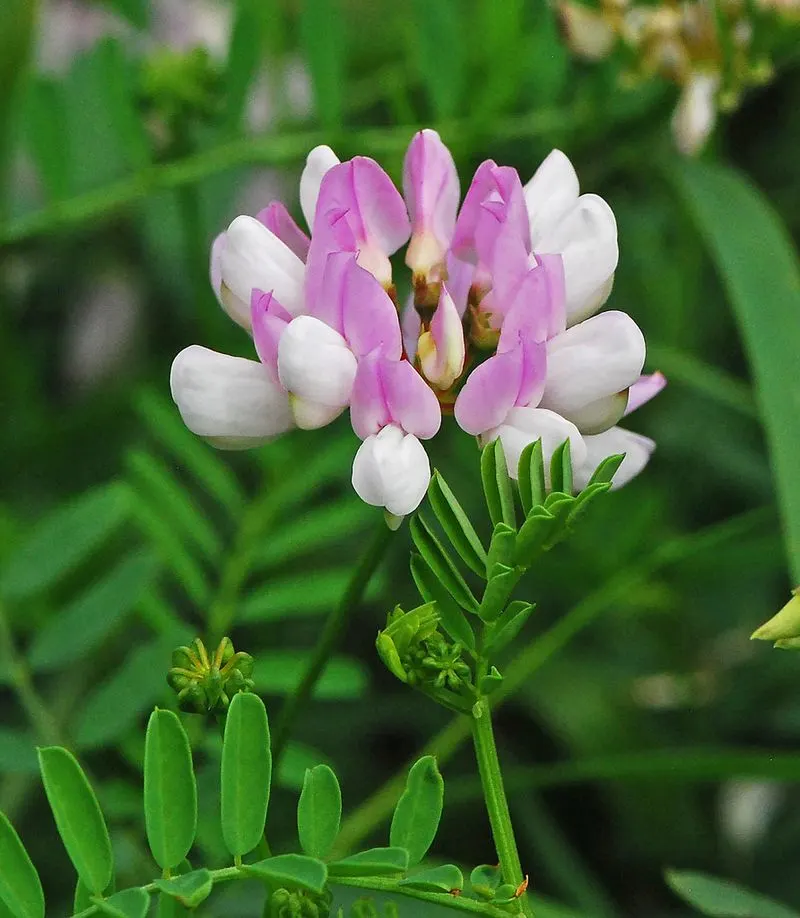
Crown Vetch is often used for erosion control, but it comes with significant drawbacks. Its vigorous growth allows it to cover large areas quickly, often at the expense of native flora. Once established, it can be challenging to remove, as it spreads through creeping roots and seeds. This plant can dominate a landscape, hindering biodiversity and requiring ongoing management. For those in search of an effective yet non-invasive groundcover, exploring native species tailored to your region is a more sustainable choice.
Bugleweed (Ajuga)
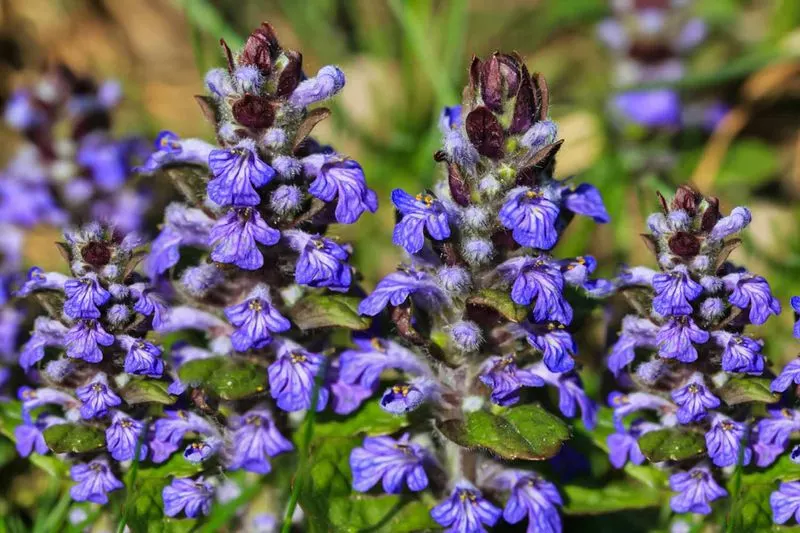
Bugleweed’s vibrant blue flowers are enticing, but its invasive nature can quickly become problematic. This groundcover spreads through runners, forming dense mats that can smother other plants. Often, it’s planted for its attractive appearance, only to become a garden pest that’s difficult to manage. Regular maintenance is required to keep its spread in check. For those seeking a groundcover that complements rather than competes, consider species that offer seasonal interest without aggressive tendencies.
Mint
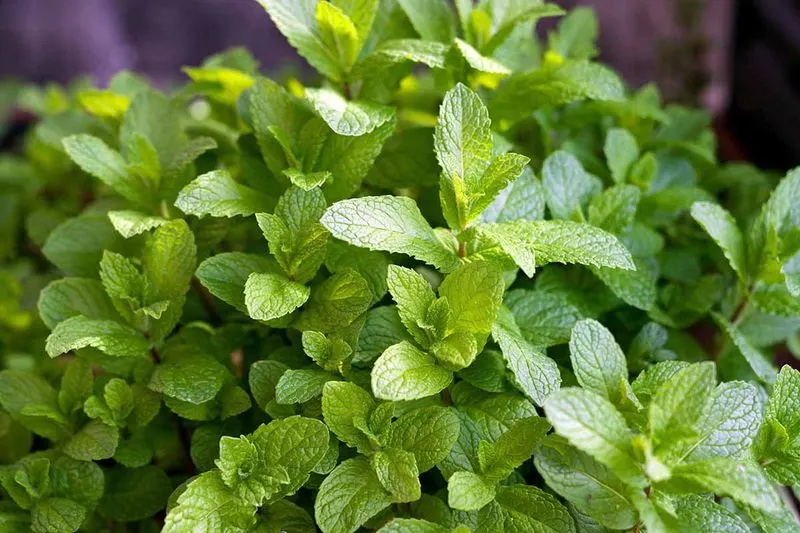
Mint is beloved for its fresh scent and culinary uses, yet it can be a troublesome garden guest. This plant spreads aggressively through underground runners, quickly taking over garden spaces. Left unchecked, it can dominate an area, making it difficult for other plants to thrive. Gardeners often resort to containers to keep its growth under control. If you love mint, consider planting it in pots where it can be managed easily. This approach allows you to enjoy its benefits without the headache of constant maintenance.
Lamb’s Ear
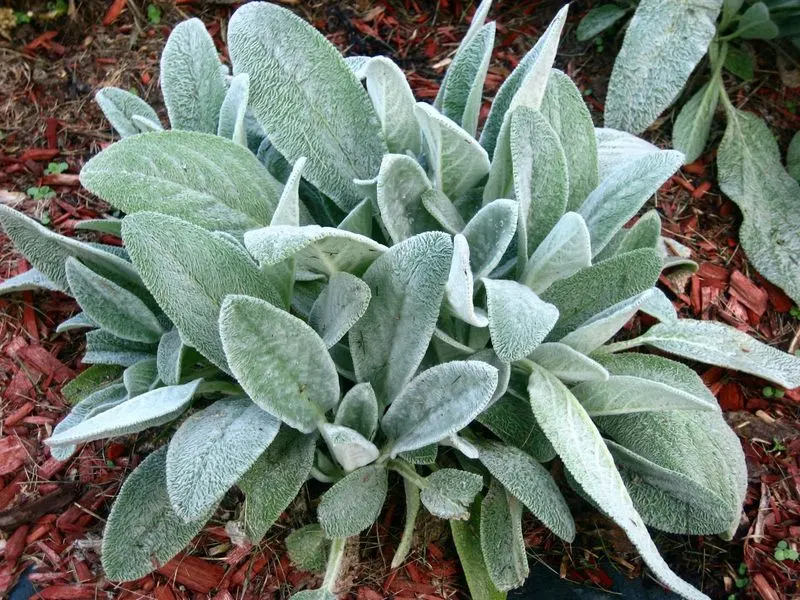
Lamb’s Ear is adored for its soft, velvety leaves, but it demands more care than many anticipate. Prone to spreading, it can create dense clumps that overshadow neighboring plants. Additionally, it attracts bees, which can be problematic for those allergic or wishing to keep pests at bay. Regular division is necessary to maintain its size and prevent it from becoming invasive. For a garden that’s easier to manage, consider choosing plants that require less frequent maintenance and provide similar visual appeal.
Pachysandra
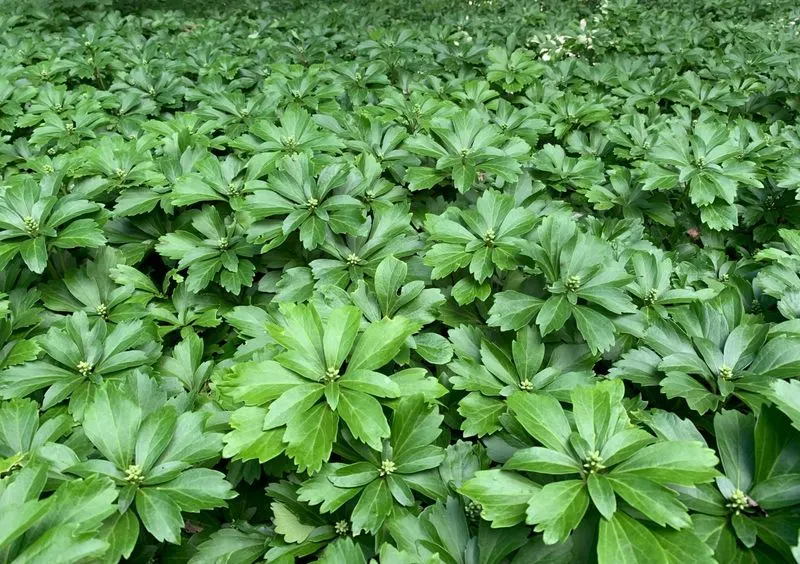
Pachysandra is often chosen for its ability to thrive in shade, yet it can create more work than anticipated. It spreads quickly, forming dense mats that can outcompete other shade-loving plants. Once established, it requires consistent pruning to keep it in control and prevent it from overtaking other garden areas. For those seeking a less invasive option, exploring native groundcovers that support local wildlife and require less maintenance might be beneficial. This will help ensure your garden remains balanced and beautiful.
Bamboo

Bamboo’s exotic allure often belies its aggressive nature. Known for its rapid growth, it can become a dominant feature in any garden, often spreading beyond intended boundaries. Its rhizome-root system makes it difficult to eradicate once established. This can lead to conflicts with neighbors and a constant struggle to keep it contained. If you’re considering bamboo, it’s advisable to opt for clumping varieties or to plant it in a contained space. This allows you to appreciate its beauty without the stress of constant management.
Glechoma hederacea (Ground Ivy)
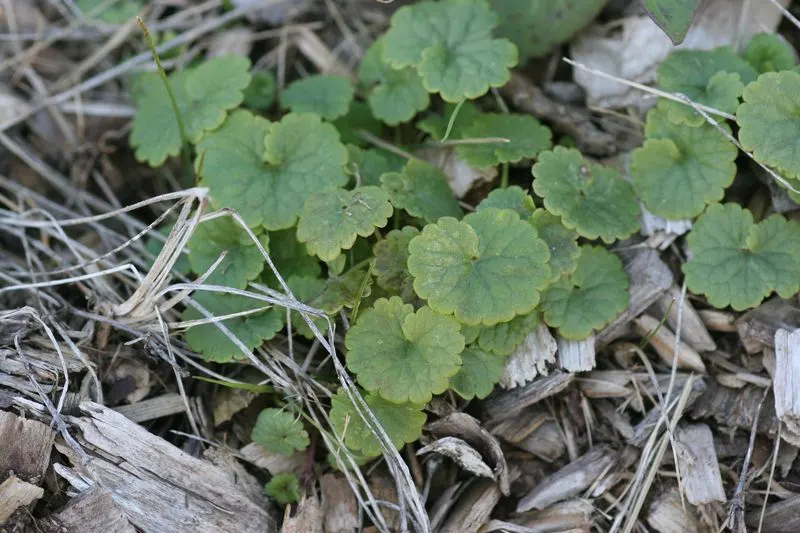
Ground Ivy is notorious for its pervasive nature. Often seen as a weed, it can quickly cover extensive areas, forming dense mats that smother other plants. This plant can be tough to control due to its creeping stems that root easily. Gardeners often face an uphill battle to remove it once it establishes itself in a garden. For a more harmonious garden environment, consider planting groundcovers that complement your space without competing for resources. This fosters a healthier and more manageable garden.
Sweet Woodruff
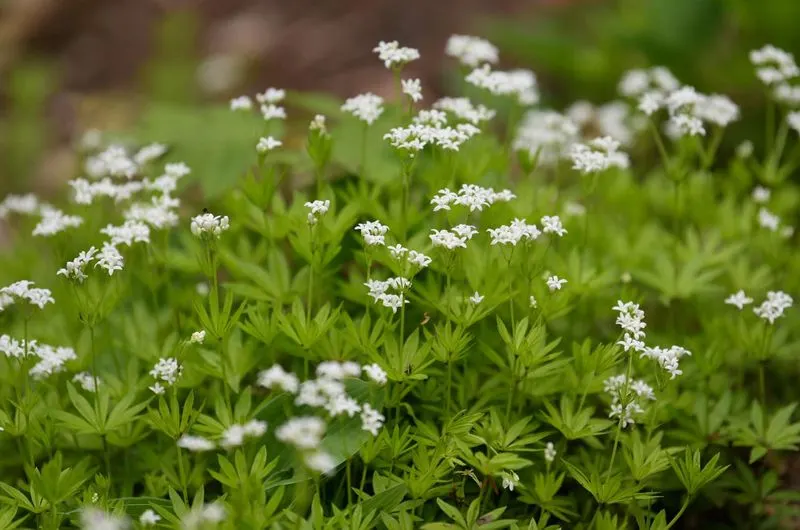
Sweet Woodruff is often appreciated for its fragrant flowers and foliage, yet it can overstep its bounds. Preferring shady and moist areas, it forms thick carpets that can overrun other plants. This tenacity often leads gardeners to regret its inclusion in their gardens. Although lovely in appearance, it demands regular maintenance to keep its spread in check. If you’re considering it for your garden, be ready for frequent pruning or seek alternatives that offer both beauty and ease of care, ensuring your garden remains a pleasure to maintain.
Star Jasmine
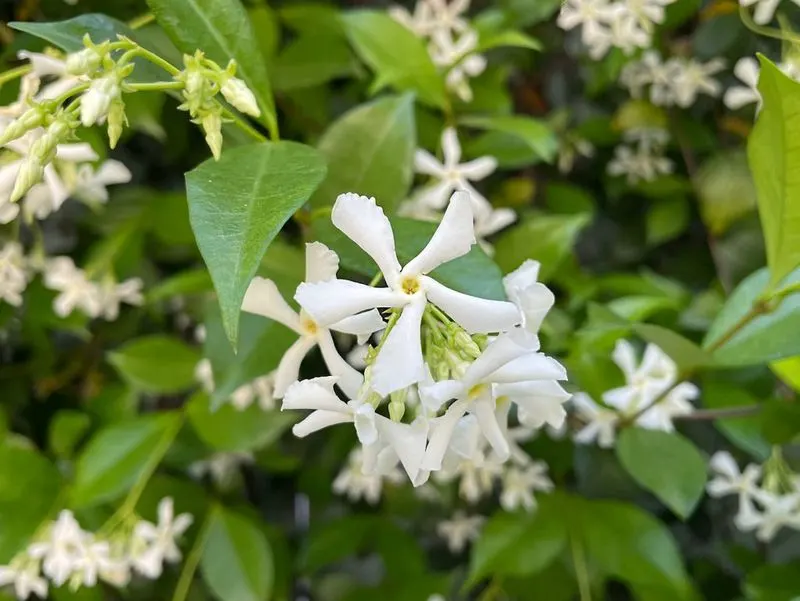
Star Jasmine is often chosen for its sweetly scented flowers, yet it can be more demanding than expected. This climbing plant can spread aggressively, overtaking structures and other plants if not carefully managed. Its vigorous growth requires regular pruning to keep it within bounds. Those considering Star Jasmine should be prepared for consistent care to prevent it from becoming overwhelming. For those seeking a fragrant addition with less maintenance, exploring slower-growing or less invasive alternatives might be more

